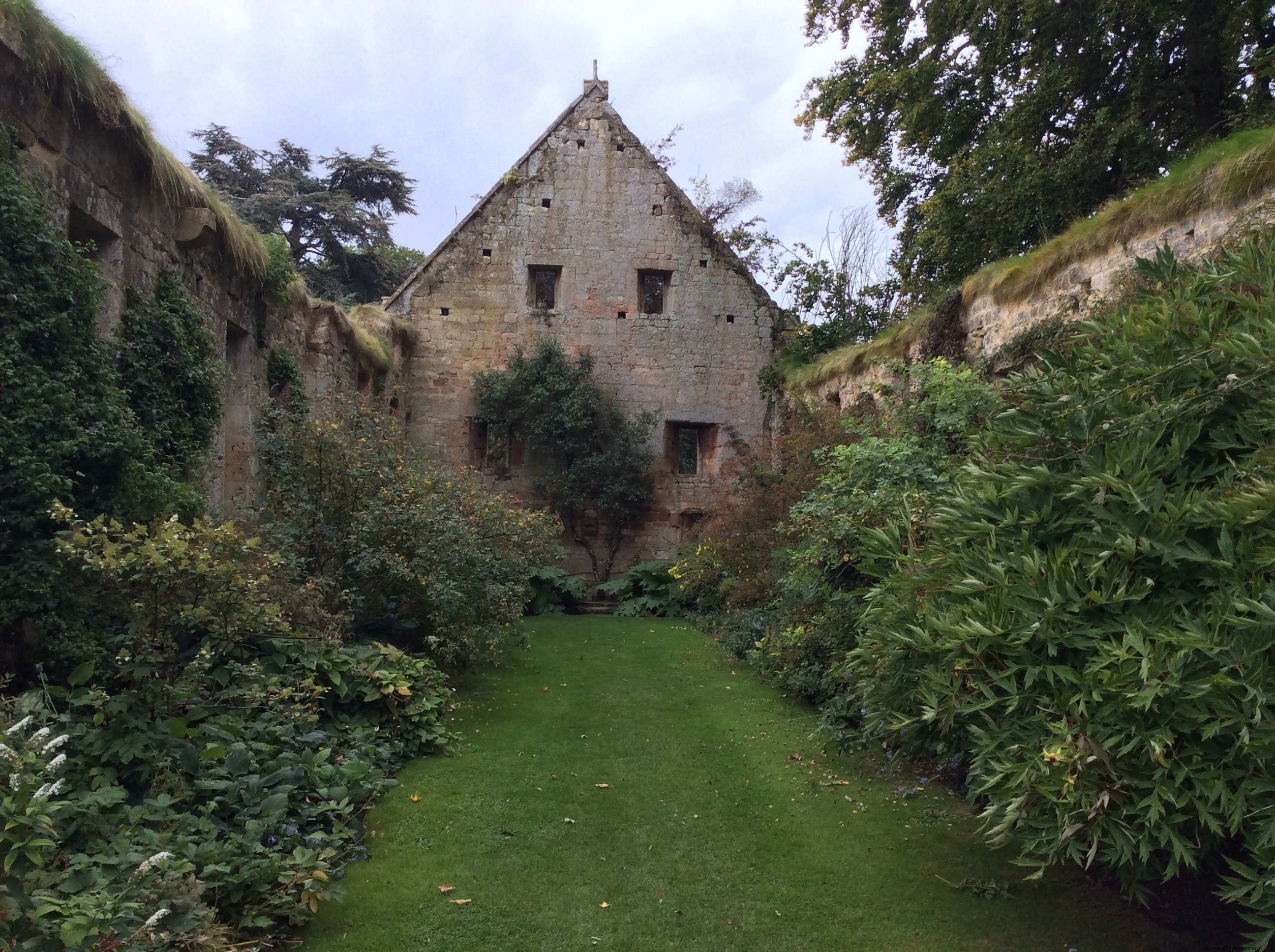
Ruins of the original Sudeley Castle building (photo:author's archives)
When, after crossing the beautiful village of Winchombe and walking five hundred meters along a beautiful path in the English countryside, you arrive at Sudeley Castle, you cannot imagine the unfortunate fate that the successive owners of the aforementioned castle suffered for years.
Sudeley Castle was built in the 15th century by Ralph Boteler, after he was appointed Royal Treasurer in 1443. However, England in the mid-15th century was a dangerous place to live, especially when the dynastic conflict known as the War of the Wars broke out. roses Ralph Boteler was unlucky enough to choose the wrong side, the Lancasters.
Still, when Edward of York won the war, Boteler fared better than many other Lancastrians and his life was spared. However, he was forced to cede the castle that had cost him so much money and effort to build to the king, who gave it to his main supporter during the War of the Roses, his brother the Duke of Gloucester. Boteler was deprived of the precious castle from him.
And what happened to the new owner? The title of Duke of Gloucester may not be very familiar to you; but if I tell you that on the death of Edward IV of York in 1483, this character ascended the throne with the name of Richard III, surely the character is more familiar to the followers of this blog.
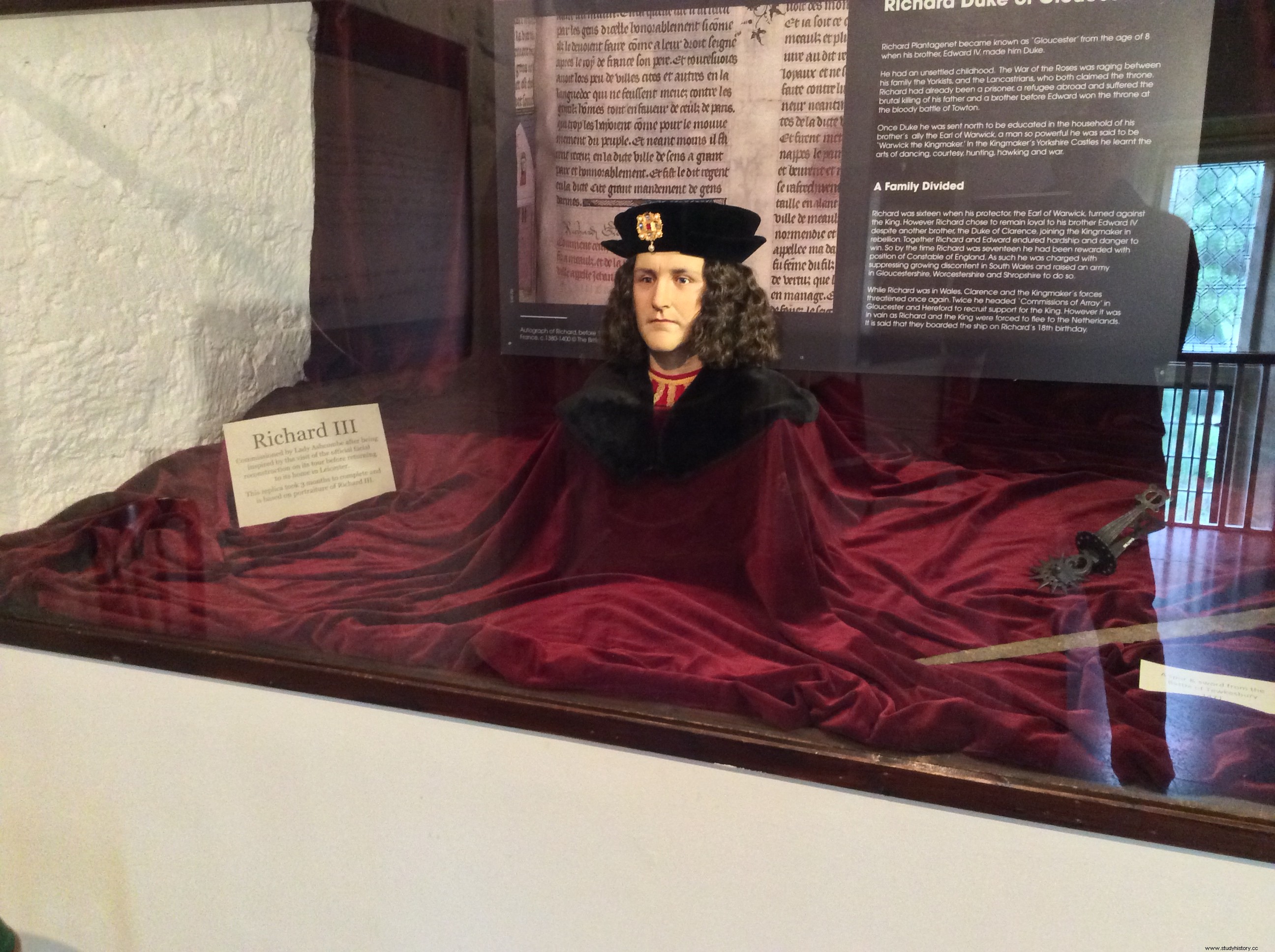 Bust of Richard III at Sudeley Castle (photo:author's archives)
Bust of Richard III at Sudeley Castle (photo:author's archives)
Richard III occupied Sudeley Castle and made various improvements to it over Boteler's initial project.
However, the reign of Richard III, shrouded in controversy such as the mysterious disappearance of his brother Edward's sons from the princes of the Tower of London, was destined to end abruptly and violently just two years later when he was defeated and killed by the army. of Henry Tudor at the Battle of Bosworth on August 22, 1485.
After Richard III's death, Sudeley Castle became the property of the kings of the Tudor dynasty; until Henry VIII's son, Edward VI, gave it to a curious character.
It is well known that Henry VIII married six times; the third of his wives was Jane Seymour, from whose marriage Edward VI was born. Well, Edward VI decided to give Sudeley Castle to his mother's brother, Thomas Seymour.
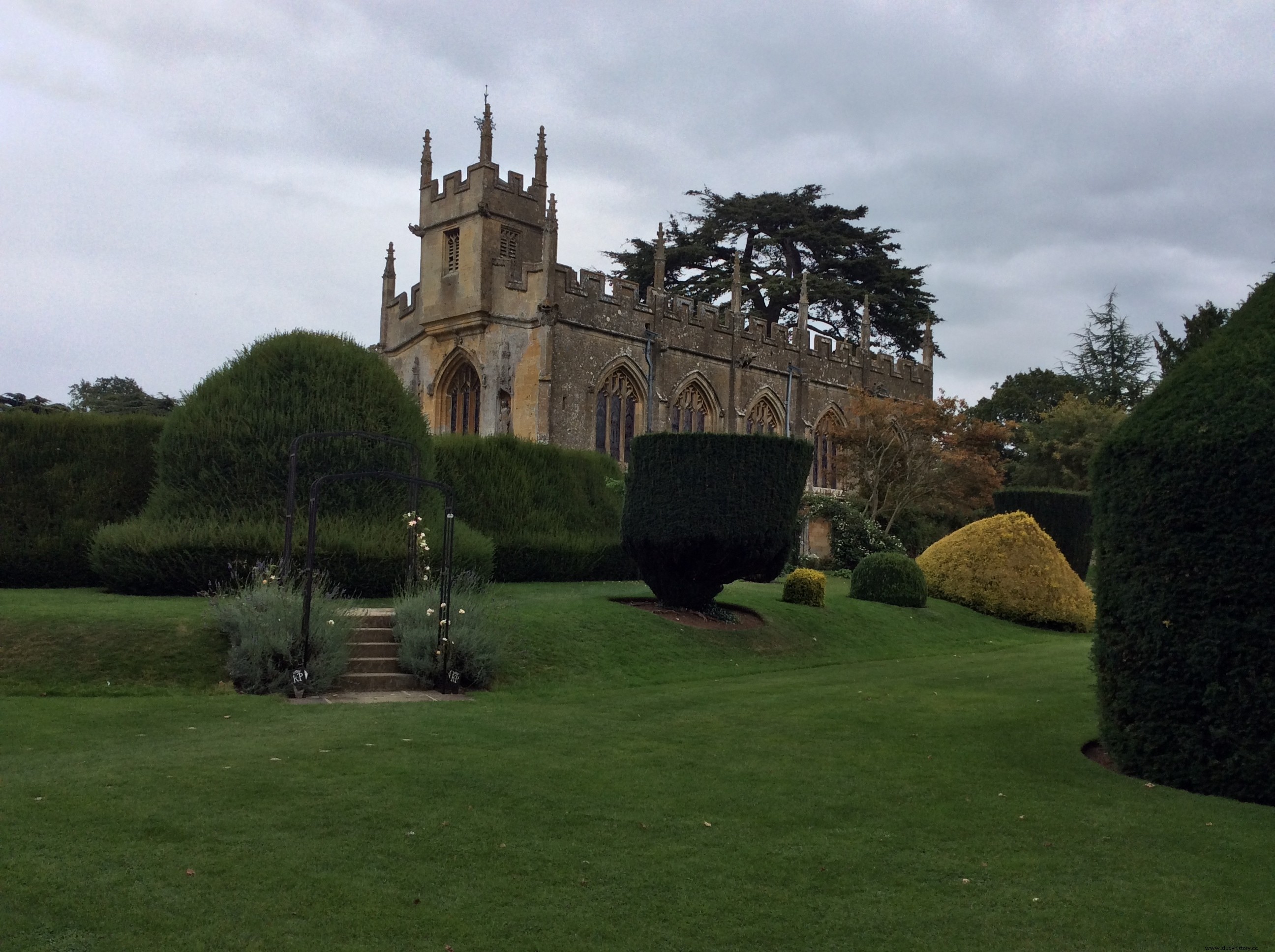
The pretty chapel of St. Mary´s Church, in Sudeley, where
is the tomb of Katherine Parr (photo:author's archive).
To further complicate the situation, Thomas Seymour had married the sixth and last wife of Henry VIII, with whom he took up residence at Sudeley Castle. The tragic fate of Sudeley's new occupants is recounted in the blog entry dedicated to Katherine Parr. As a summary, I will say that Katherine died giving birth to a daughter from her union with Thomas, that this daughter died when she was only two years old, and that Thomas was executed for treason shortly after.
But the misfortune for the occupants of Sudeley Castle does not end here. Queen Mary Tudor gave ownership of the castle to Sir John Brydges. The situation at Sudeley remained calm until war broke out in the mid-17th century between the royalist forces of Charles I Stuart and those of Parliament led by Oliver Cromwell.
Sudeley found himself in a strategic position between the royal and parliamentary forces, and the descendant of Sir John Brydges leaned towards the royal cause; again the owner of Sudeley Castle was on the losing side and at the end of the war the Cromwell War Council ordered the castle blown up. The result can be seen in the photo that heads the post.
In the 19th century a new building was built on the grounds of Sudeley Castle which now belongs to Lord and Lady Ashcombe and houses a museum where you can visit rooms associated with the different owners of Sudeley Castle. A room stands out in which the figures of Henry VIII and his six wives are reproduced.
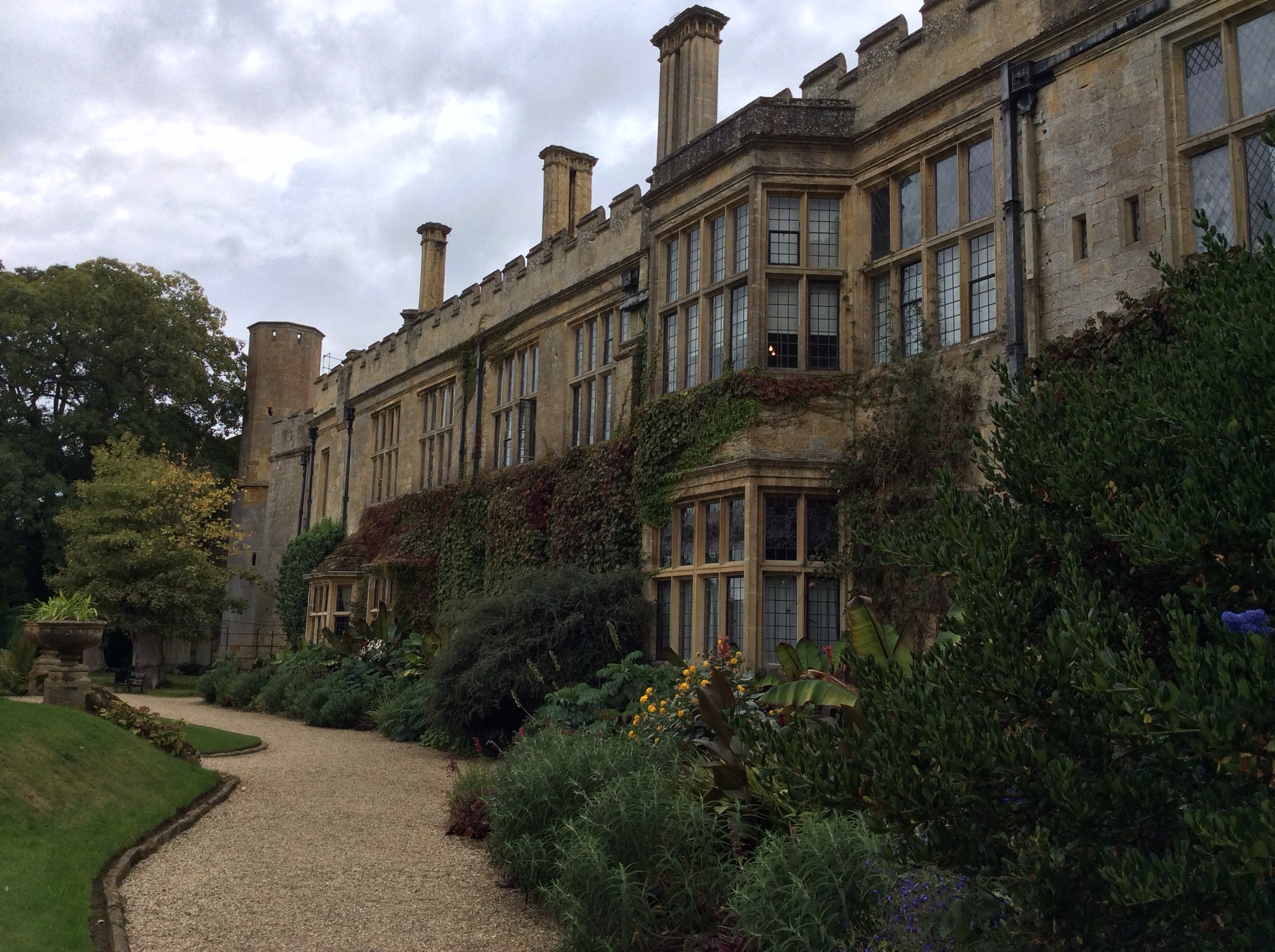 The pretty residence of the holders of Sudeley
The pretty residence of the holders of Sudeley
Castle (photo:author's archive)
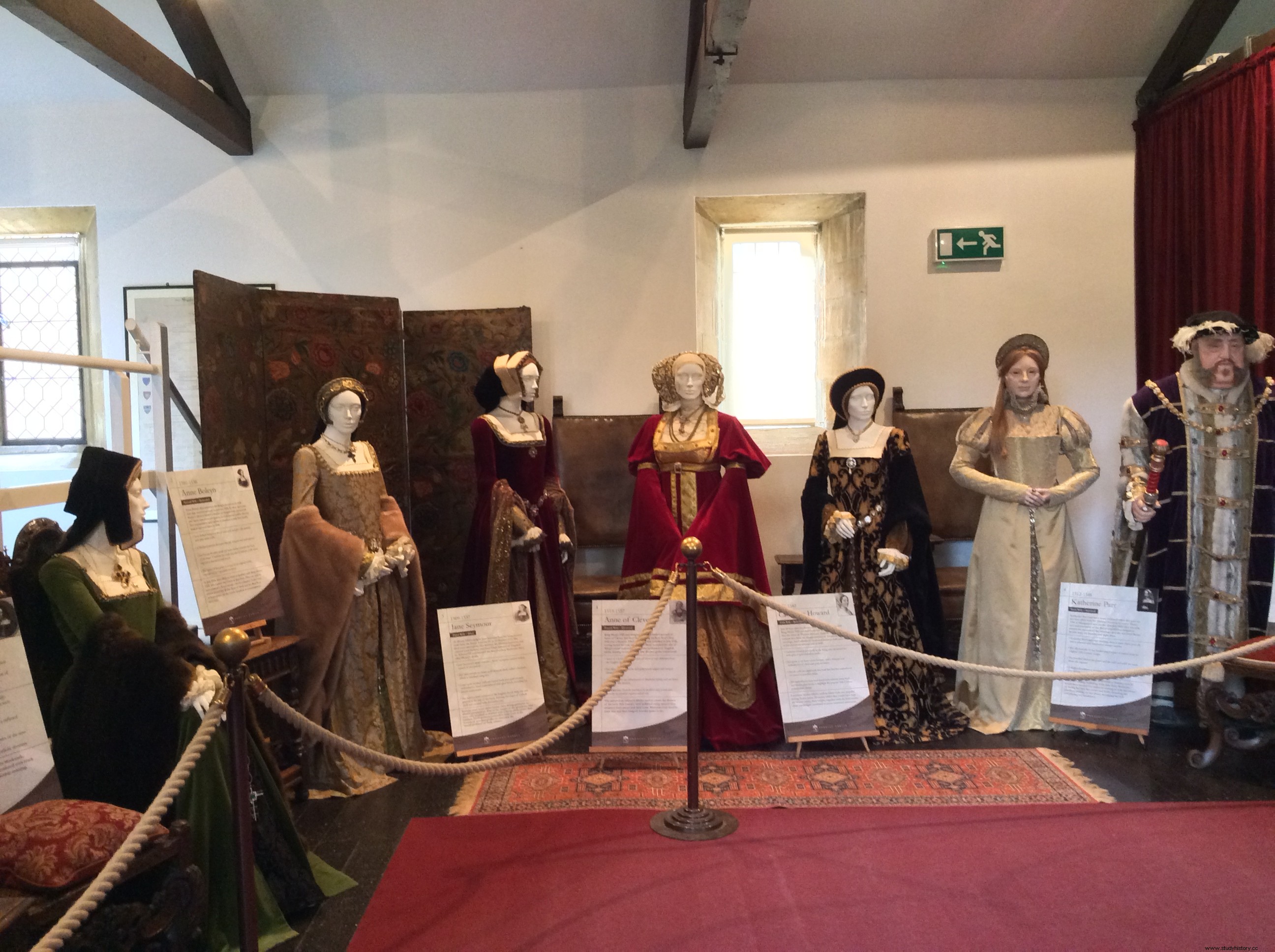
Henry VIII and his six wives (photo:author's archive)
